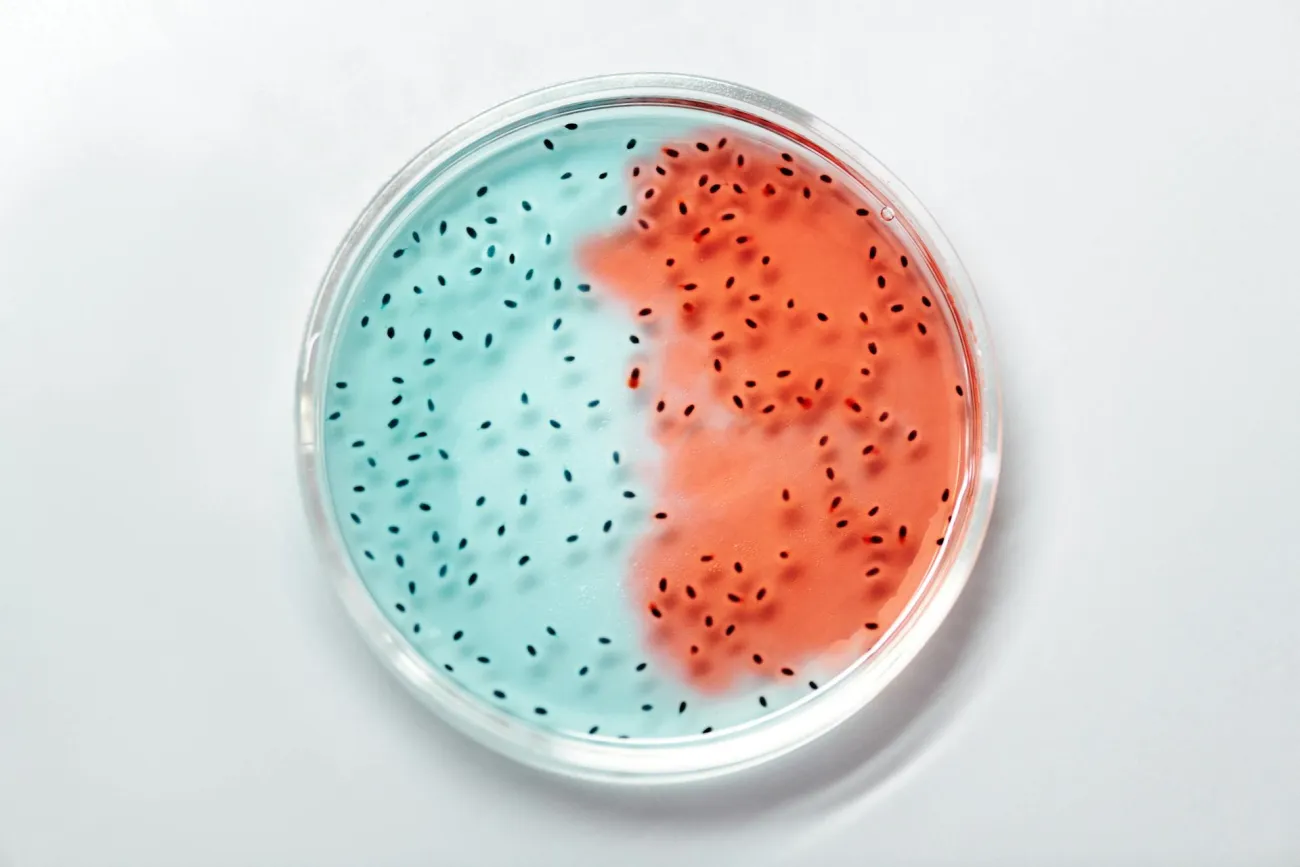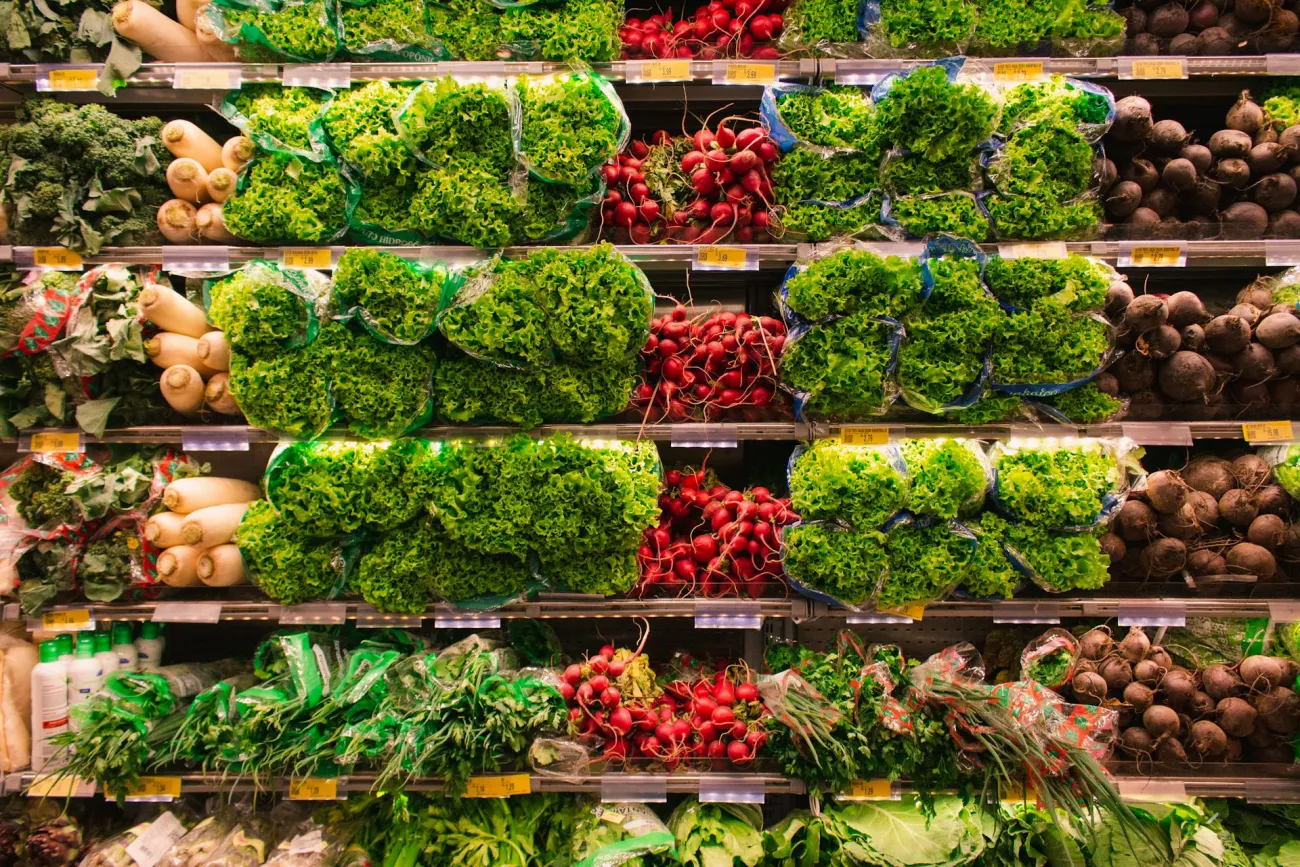This blog post from The Good Food Institute addresses the question of whether cultivated meat (and other lab-grown foods) can reduce the risk of antibiotic resistance compared to livestock production. Antibiotics are often added to cell culture media in laboratories to prevent infection, but over a dozen cultivated food companies claim to have antibiotic-free processes.

The authors note the differences between academic research settings, where frequent handling of cell cultures leads to frequent opportunities for contamination, and commercial-scale biopharmaceutical manufacturing, where only around 2% of batches fail due to contamination.
Although the authors interpret the 2% figure as meaning that commercial-scale bioreactors can be run successfully without antibiotics, the source of that figure does not say whether antibiotics are used or not. However, the authors’ paper Cultivated meat as a tool for fighting antimicrobial resistance states “In biopharmaceutical manufacturing, where antibiotics are not routinely used, aseptic conditions are maintained through the enveloping design of the bioreactor, operation under positive pressure, strict adherence to aseptic technique during manipulations, and the use of sensors, for example, those for pH or specific metabolites.”
The authors note that the stage of cultivated meat production most likely to require antibiotic use is the isolation of cells from animals and in establishing cell lines - stages which happen on a much smaller scale than the manufacturing stages.
Read more here. See also the TABLE explainer What is the connection between infectious diseases in humans and livestock?




Comments (0)